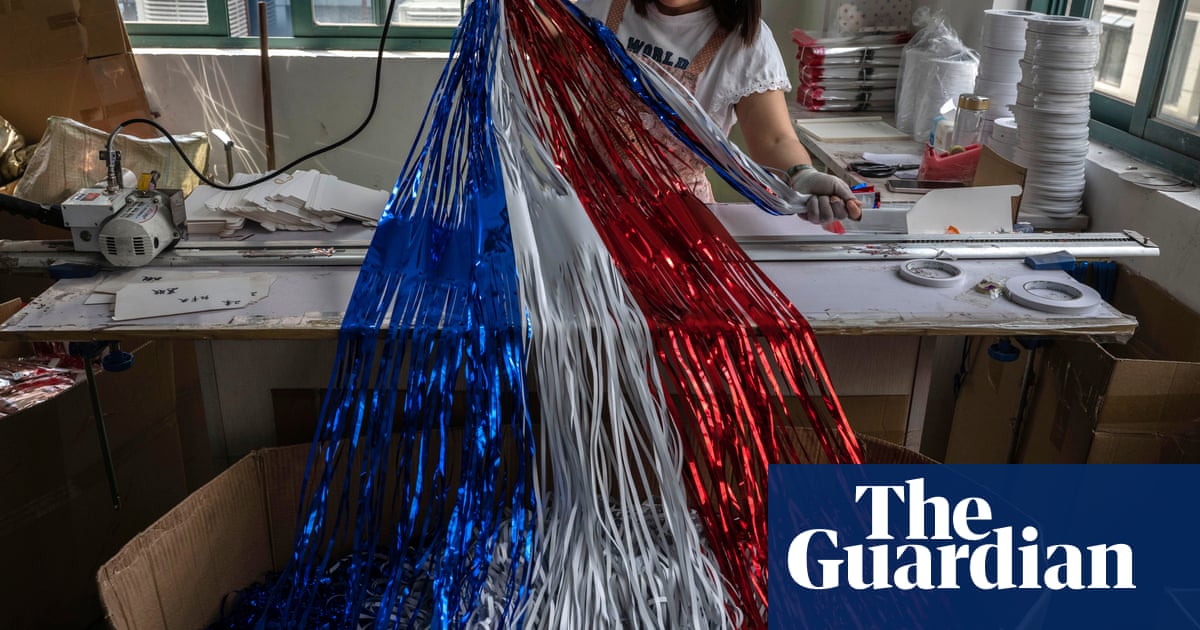China has accused the US of “seriously violating” the fragile US-China detente that has been in place for less than a month since the two countries agreed to pause the trade war that risked upending the global economy.
China and the USagreed on 12 Mayto pause for 90 days the skyrocketing “reciprocal” tariffs that both countries had placed on the others goods in a frenzied trade war that started a few weeks earlier. Tariffs had reached 125% on each side, which officials feared amounted to virtual embargo on trade between the world’s two biggest economies.
Donald Trump had hailed the pause as a “total reset” of US-China relations. But since then, trade negotiations have faltered, with the US complaining that China has not delivered on promises to roll back restrictions on the export of key critical minerals to the US. The US president said on Friday that China had “totally violated” the agreement.
The US Treasury secretary, Scott Bessent, said on Sunday: “What China is doing is they are holding back products that are essential for the industrial supply chains of India, of Europe. And that is not what a reliable partner does.”
During the period of aggressive retaliatory trade measures between the US and China in April, China had restricted the export of certain rare earth minerals and magnets, which are critical for US manufacturing.
The restrictions were expected to be relaxed after the 12 May agreement but the process appears to have been patchy at best. Now, US companies, particularly car manufacturers, arereportedlyrunning out of magnets.
China hit back on Monday, accusing the US of violating and undermining the agreements reached in Geneva in May, and the consensus between Trump and Xi Jinping, China’s president, on their17 January phone call.
China’s commerce ministry said on Monday: “The US has successively introduced a number of discriminatory restrictive measures against China, including issuing export control guidelines for AI chips, stopping the sale of chip design software to China, and announcing the revocation of Chinese student visas.”
The ministry said China “is determined to safeguard its rights and interests” and denied the accusation from the US that it had undermined the 12 May agreement.
The US has indicated that another Xi-Trump call is expected soon.
Sign up toBusiness Today
Get set for the working day – we'll point you to all the business news and analysis you need every morning
after newsletter promotion
But outside the trade talks, US-China relations have soured in a number of areas.
Last week, Chinacondemnedthe announcement from the US secretary of state, Marco Rubio, that the US would “aggressively” revoke the visas of Chinese students in his country.
And over the weekend, China and the US traded barbs over comments made by the US defence secretary, Pete Hegseth, at a conference in Singapore. Hegsethsaidthat China was potentially an “imminent” threat, while China’s foreign ministry said that his comments were “filled with provocations and intended to sow division”.
